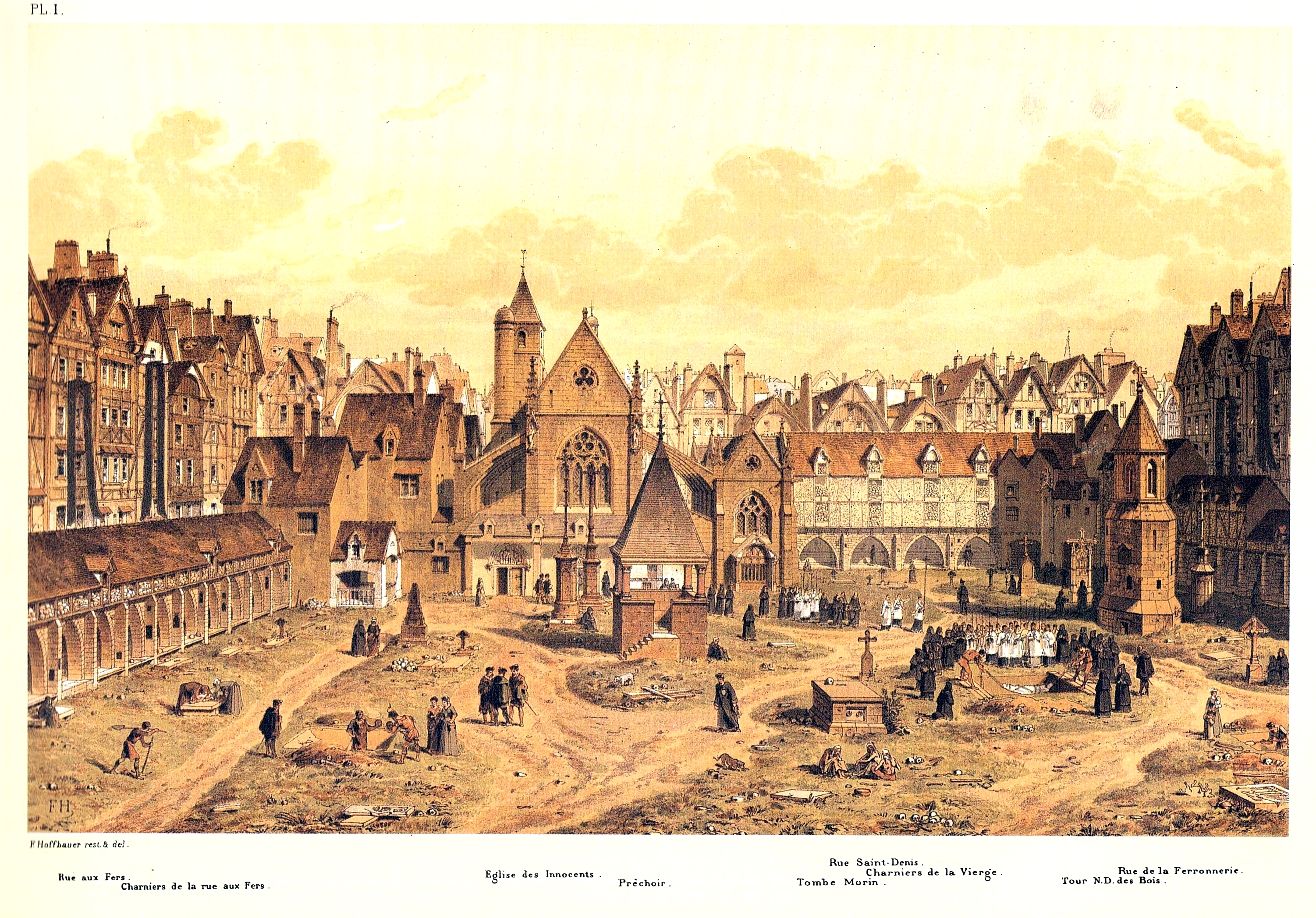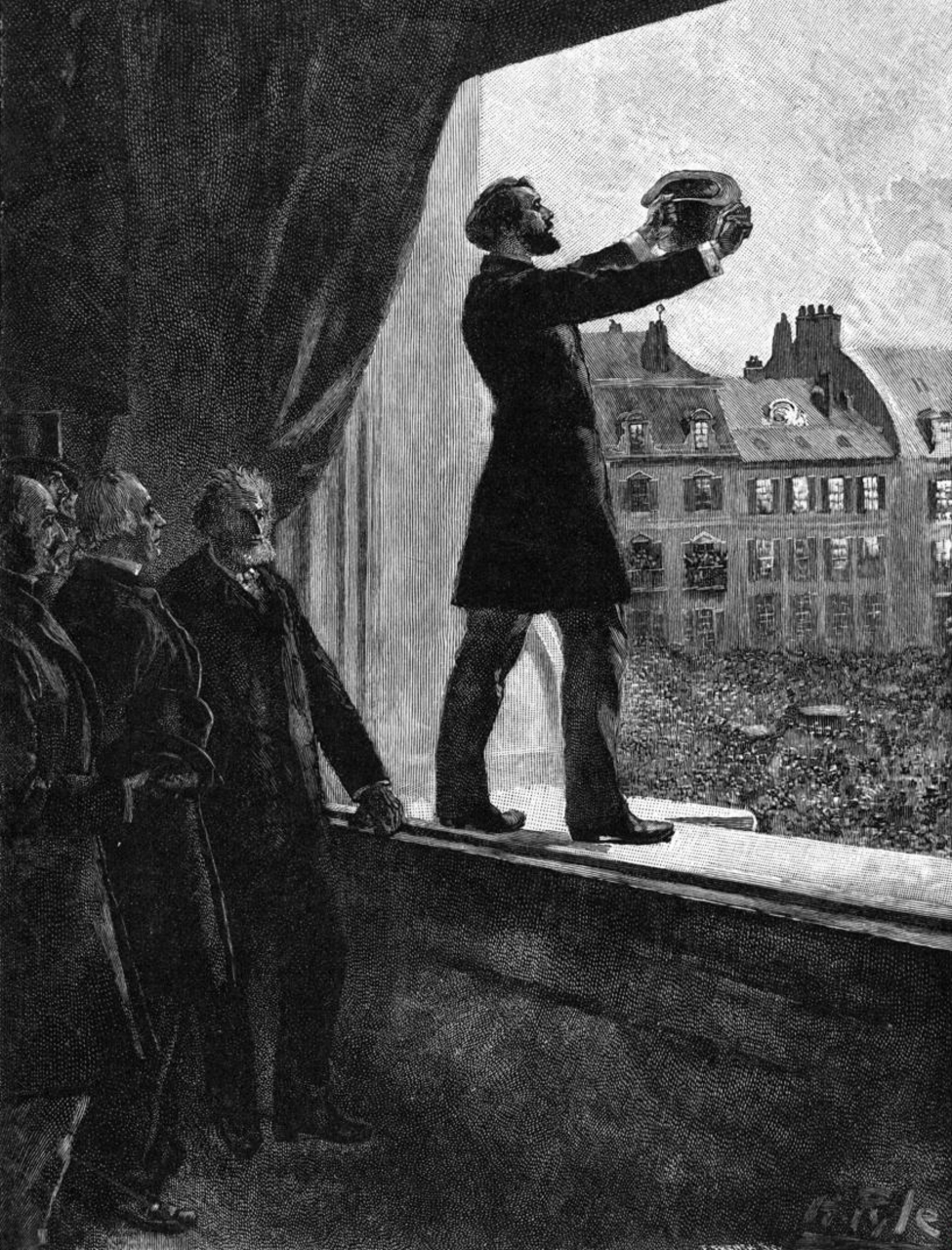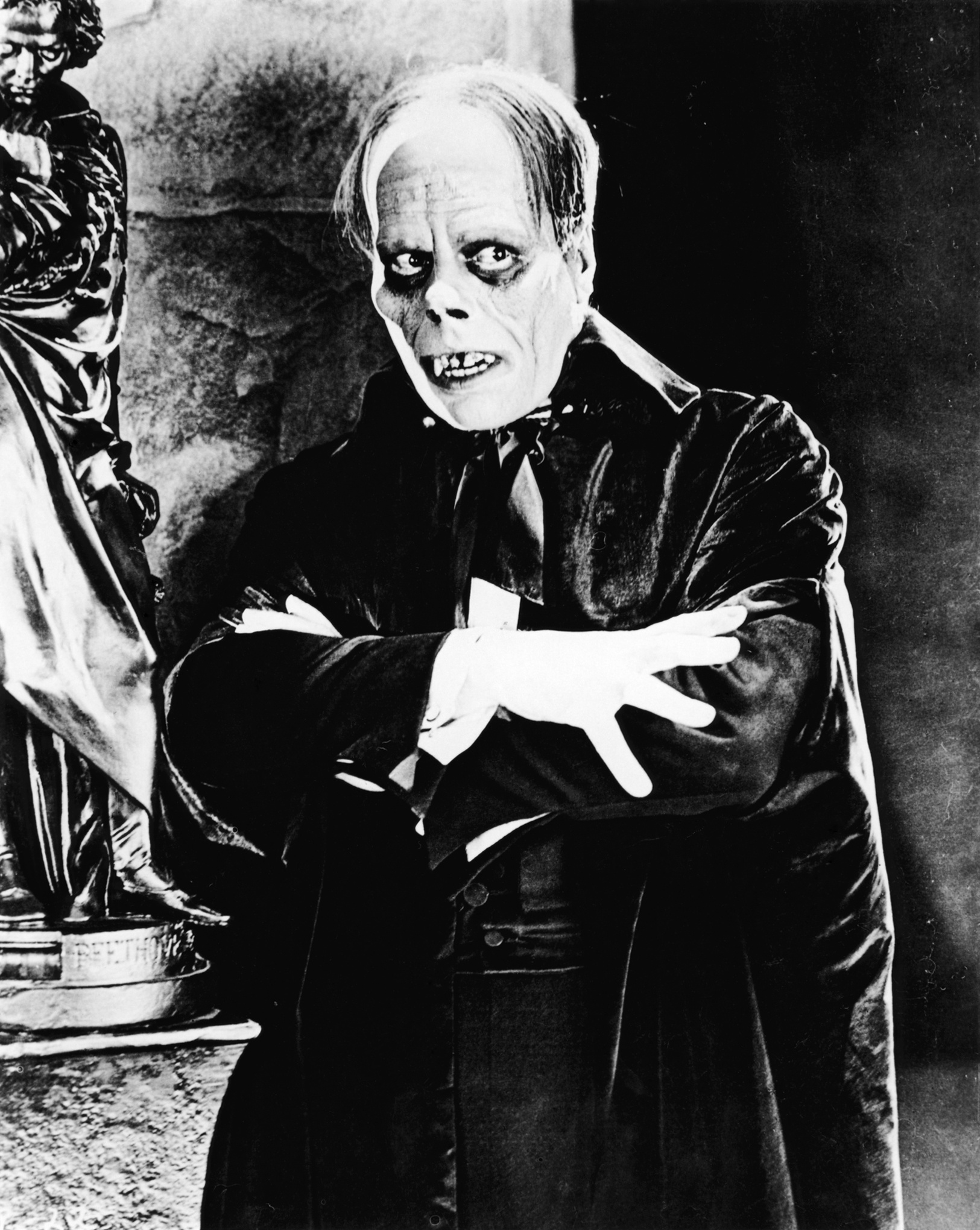|
Cimetière Du Château
The Cimetière du Château in Nice, France, stands on the old citadel of Nice. Today, some sections of the massive walls of the ancient fortress remain. The fortress, which was built in the 16th century, was once one of the most secure strongholds in France. The cemetery itself was founded in 1783 and has 2,800 graves. It is as much popular for its function and history as for the scenic views of the city that affords. Notable burials * Freda Betti (1924–1979), opera singer * Robert Borwick, 1st Baron Borwick (1845–1936) * Alfred Van Cleef, jeweller * Louis Feuillade (1873–1925), film director * Alexander Herzen (1812–1870), writer, novelist * Gaston Leroux (1868–1927), journalist, novelist * Emil Jellinek-Mercedes (1853–1918) * Carolina Otero (1868–1965), dancer * Renée Saint-Cyr (1904–2004), actress * Léon Gambetta Léon Gambetta (; 2 April 1838 – 31 December 1882) was a French lawyer and republican politician who proclaimed the French Third Re ... [...More Info...] [...Related Items...] OR: [Wikipedia] [Google] [Baidu] |
Emil Jellinek-Mercedes
Emil Jellinek, known after 1903 as Emil Jellinek-Mercedes (6 April 1853 – 21 January 1918), was an automobile entrepreneur of the Daimler Motoren Gesellschaft (DMG), responsible in 1900 for commissioning the first modern automobile, the Mercedes 35hp. Jellinek created the Mercedes trademark in 1902, naming it in honor of his daughter, Mercédès Jellinek. The trademark developed into the company Mercedes-Benz, and the marque became one of the largest car brands in the world. Jellinek lived in Vienna, Austria, then later moved to Nice, on the French Riviera, where he was General Consul of Austria-Hungary. Early life Jellinek was born in Leipzig, Germany, the son of Adolf Jellinek (sometimes known as Aaron Jellinek). His father was a well-known Czech- Hungarian rabbi and intellectual in the Jewish communities of Leipzig and Vienna. Jellinek's mother, Rosalie Bettelheim (born 1832 in Budapest, died 1892 in Baden bei Wien), was an active rebbitzen. He had two brothers, both of ... [...More Info...] [...Related Items...] OR: [Wikipedia] [Google] [Baidu] |
Cemeteries In France
A cemetery, burial ground, gravesite, graveyard, or a green space called a memorial park or memorial garden, is a place where the remains of many death, dead people are burial, buried or otherwise entombed. The word ''cemetery'' (from Greek language, Greek ) implies that the land is specifically designated as a burial ground and originally applied to the Ancient Rome, Roman catacombs. The term ''graveyard'' is often used interchangeably with cemetery, but a graveyard primarily refers to a burial ground within a churchyard. The intact or cremated remains of people may be interred in a grave, commonly referred to as burial, or in a tomb, an "above-ground grave" (resembling a sarcophagus), a mausoleum, a columbarium, a niche, or another edifice. In Western world, Western cultures, funeral ceremonies are often observed in cemeteries. These ceremonies or rites of passage differ according to culture, cultural practices and religion, religious beliefs. Modern cemeteries often inclu ... [...More Info...] [...Related Items...] OR: [Wikipedia] [Google] [Baidu] |
Édouard Corniglion-Molinier
General Édouard Corniglion-Molinier (23 January 1898, in Nice, Alpes-Maritimes – 9 May 1963) was an aviator and member of the French Resistance, a member of the French government during the French Fourth Republic, and, in the 1930-1940s, a movie producer (André Malraux's '' L'Espoir'' also known as ''Man's Hope''). He was a friend of Marcel Dassault and André Malraux. Biography Corniglion-Molinier joined the French Army in 1915 at the age of 17, falsifying his age. He was trained at the Ambérieu flying school where he obtained his fighter pilot's license on 27 April 1916. He fought as a fighter pilot on the Italian Front, where he contracted malaria. In June 1918, he was transferred to the Western Front where he flew missions until the end of the war. He received seven citations, the Legion of Honor and numerous foreign decorations. After the war, he studied at the university and became a Doctor of Law. In 1924, he married Raymonde Heudebert, a painter. In 1927, he bought ... [...More Info...] [...Related Items...] OR: [Wikipedia] [Google] [Baidu] |
Agathe-Sophie Sasserno
Agathe-Sophie Sasserno (3 October 1810 – 6 June 1860) was a French poet. She was born in Nice and spent her life there. Although she wrote in French, she considered herself Italian. Life Agathe-Sophie Sasserno was born in 1810 at the place Victor (today the place Garibaldi) in Nice. She was the daughter of Lieutenant Colonel Louis Sasserno, a former aide of André Masséna, and Marie Sibille Chartroux. She was a cousin of the painter Giovanni Battista Biscarra. She wrote her first poem at the age of fourteen to distract her father. According to Jean-Baptiste Toselli, she received much praise for this, which encouraged her to continue. She remained single all her life and devoted herself entirely to poetry. Although she wrote in French she considered herself Italian so she dedicated her work ''Les Sylphides'' (1838) to King Charles Albert of Sardinia. She later wrote ''Ore meste, chants sur l'Italie'' (1846), and the collection ''Poésies françaises d'une Italienne'' in 1854 f ... [...More Info...] [...Related Items...] OR: [Wikipedia] [Google] [Baidu] |
José Gustavo Guerrero
José Gustavo Guerrero (26 June 1876 – 25 October 1958) was a Salvadoran diplomat and jurist who served as the last president of the Permanent Court of International Justice from 1937 to 1946 and the first president of the International Court of Justice from 1946 to 1949. He also served as President of the Assembly of the League of Nations from 1929 to 1930. Early life José Gustavo Guerrero was born on 26 June 1876 in San Salvador, El Salvador. During the 1890s, Guerrero attended the University of El Salvador. He and other students were expelled from the university after issuing an open letter to Salvadoran president Rafael Antonio Gutiérrez criticizing his government. Guerrero then moved to Guatemala to attend the San Carlos University of Guatemala where he graduated as a Doctor of Law in 1898. After Guerrero's graduation, he returned to El Salvador where President Tomás Regalado appointed him as his personal secretary. Diplomatic career In 1902, Guerrero was ap ... [...More Info...] [...Related Items...] OR: [Wikipedia] [Google] [Baidu] |
Léon Gambetta
Léon Gambetta (; 2 April 1838 – 31 December 1882) was a French lawyer and republican politician who proclaimed the French Third Republic in 1870 and played a prominent role in its early government. Early life and education Born in Cahors, Gambetta is said to have inherited his vigour and eloquence from his father, a Genoa, Genoese grocer who had married a Frenchwoman named Massabie. At the age of fifteen, Gambetta lost the sight of his right eye in an accident, and it eventually had to be removed. Despite this disability, he distinguished himself at school in Cahors. He then worked at his father's grocery shop in Cahors, the ''Bazar génois'' ("Genoese bazaar"), and in 1857 went to study at the Faculty of Law of Paris. His temperament gave him great influence among the students of the ''Latin Quarter, Paris, Quartier latin'', and he was soon known as an inveterate enemy of the imperial government. Career Gambetta was called to the bar in 1859. He was admitted to the Conf ... [...More Info...] [...Related Items...] OR: [Wikipedia] [Google] [Baidu] |
Renée Saint-Cyr
Renée Saint-Cyr (; 16 November 1904 – 11 July 2004) was a French actress. Born Marie-Louise Catherine Eugénie Renée Vittore, she appeared in more than 60 films between 1933 and 1994. She was the mother of Georges Lautner, who also achieved fame in the film business, albeit as a director. Selected filmography * '' The Two Orphans'' (1933) - Henriette * '' Toto'' (1933) - Ginette * ''D'amour et d'eau fraîche'' (1933) - Colette * ''Incognito'' (1934) * ''Une fois dans la vie'' (1934) - Lili * ''Arlette and Her Fathers'' (1934) - Arlette * '' The Last Billionaire'' (1934) - Princess Isabelle * ''Le billet de mille'' (1935) - Gisèle, la vendeuse * '' School for Coquettes'' (1935) - Ginette * '' Royal Waltz'' (1936) - Thérèse Tomasoni * ''Les pattes de mouche'' (1936) - Suzanne * ''Valse éternelle'' (1936) - Marie-Claire * ''Donogoo'' (1936) - Josette * '' The Heart Disposes'' (1936) - Hélène * ''Wolves Between Them'' (1936) - Nicole Servigne * '' 27 Rue de la Paix'' ( ... [...More Info...] [...Related Items...] OR: [Wikipedia] [Google] [Baidu] |
Carolina Otero
Agustina del Carmen Otero Iglesias (4 November 1868 – 10 April 1965), better known as Carolina Otero or La Belle Otero, was a Spanish actress, dancer and courtesan. She had a reputation for great beauty and was famous for her numerous lovers. Biography Early years Agustina del Carmen Otero Iglesias was born in Valga Galicia, Spain, daughter of a Spanish single mother, Carmen Otero Iglesias (1844–1903), and a Greek army officer named Carasson.''Les Souvenirs et la Vie Intime de la Belle Otero'' Place des Libraires Her family was impoverished, and as a child she moved to Santiago de Compostela working as a maid. At age 10, she was raped, and at 14, she left home with her boyfriend and dancing partner Paco and ... [...More Info...] [...Related Items...] OR: [Wikipedia] [Google] [Baidu] |
Gaston Leroux
Gaston Louis Alfred Leroux (; 6 May 186815 April 1927) was a French journalist and author of detective fiction. In the English-speaking world, he is best known for writing the novel ''The Phantom of the Opera'' (, 1909), which has been made into several film and stage productions of the same name, notably the 1925 film starring Lon Chaney and Andrew Lloyd Webber's 1986 musical. His 1907 novel '' The Mystery of the Yellow Room'' is one of the most celebrated locked room mysteries. Life and career Leroux was born in Paris in 1868, the illegitimate child of Marie Bidaut and Dominique Leroux, who married a month after his birth. He claimed an illustrious pedigree, including descent from William II of England (in French, Guillaume le Roux), son of William the Conqueror, and social connections such as having been the official playmate of Prince Philippe, Count of Paris at the College d'Eu in Normandy. After schooling in Normandy and studying as a lawyer in Caen (graduating in ... [...More Info...] [...Related Items...] OR: [Wikipedia] [Google] [Baidu] |
Nice
Nice ( ; ) is a city in and the prefecture of the Alpes-Maritimes department in France. The Nice agglomeration extends far beyond the administrative city limits, with a population of nearly one millionDemographia: World Urban Areas , Demographia.com, April 2016 on an area of . Located on the French Riviera, the southeastern coast of France on the , at the foot of the French Alps, Nice is the second-largest French city on the Mediterranean coast an ... [...More Info...] [...Related Items...] OR: [Wikipedia] [Google] [Baidu] |
Alexander Herzen
Alexander Ivanovich Herzen (; ) was a Russian writer and thinker known as the precursor of Russian socialism and one of the main precursors of agrarian populism (being an ideological ancestor of the Narodniki, Socialist-Revolutionaries, Trudoviks and the agrarian American Populist Party). With his writings, many composed while exiled in London, he attempted to influence the situation in Russia, contributing to a political climate that led to the emancipation of the serfs in 1861. He published the important social novel '' Who is to Blame?'' (1845–46). His autobiography, '' My Past and Thoughts'' (written 1852–1870), is often considered one of the best examples of that genre in Russian literature. Life Herzen (or Gertsen) was an illegitimate son of a rich Russian landowner, Ivan Yakovlev, and Henriette Wilhelmina Luisa Haag from Stuttgart. Yakovlev gave his son the surname Herzen because he was a "child of his heart" (German ''Herz''). He was first cousin to Count Ser ... [...More Info...] [...Related Items...] OR: [Wikipedia] [Google] [Baidu] |





